Teaching Astronomy As Its Own Subject In Secondary Schools
Parallel Session
4th Shaw-IAU Workshop on Astronomy for Education
Session timeblocks
Wednesday Nov. 16, 2022
UTC: noon -
1:30 p.m.
America/New_York:
7 a.m.-
8:30 a.m.
repeated:
UTC: 9:30 p.m. -
11 p.m.
America/New_York:
4:30 p.m.-
6 p.m.
In this session, we will hear from mostly lectures and teachers from different countries who are passionate in teaching "astronomy" as its own subject in secondary schools. In most countries, astronomy is not listed as an independent subject in national science curriculum standards, so teachers sometimes need to re-design the annual curriculum for their students. In addition to such a specific school-focused experience, we will also have opportunities to share the developed classroom activities. Moreover, last but not least, efforts to communicate with decision makers to emphasize the importance of astronomy in its own subject will be shared.
Schedule
-
Astronomy as a beacon for inclusive and innovative classrooms
Wednesday Nov. 16, 2022
UTC: noon - 12:25 p.m. America/New_York: 7 a.m.- 7:25 a.m.Wednesday Nov. 16, 2022
UTC: 9:30 p.m. - 9:55 p.m. America/New_York: 4:30 p.m.- 4:55 p.m.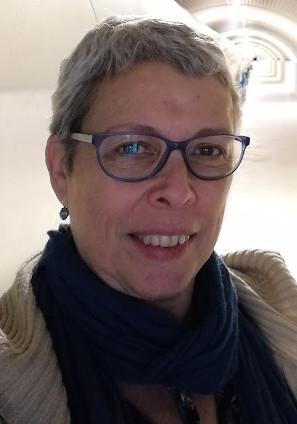
Rosa Doran (NUCLIO)
For more information about this talk click here
-
Implementing Astronomy as it's own subject for Guatemalan secondary education students
Wednesday Nov. 16, 2022
UTC: 12:25 p.m. - 12:35 p.m. America/New_York: 7:25 a.m.- 7:35 a.m.Wednesday Nov. 16, 2022
UTC: 9:55 p.m. - 10:05 p.m. America/New_York: 4:55 p.m.- 5:05 p.m.In Guatemala, like many other countries, Astronomy contents are taught only as part of other school subjects like Science in primary level and Physics in secondary level. This conference is about my experience on developing a program for teaching Astronomy as its own subject in Secondary School and introducing it successfully in two Guatemalan private schools. We will talk about the previous research done as a way of showing administration the importance of teaching Astronomy to young students. Four years after starting this project, we can share the challenges and successful practices found along the way.
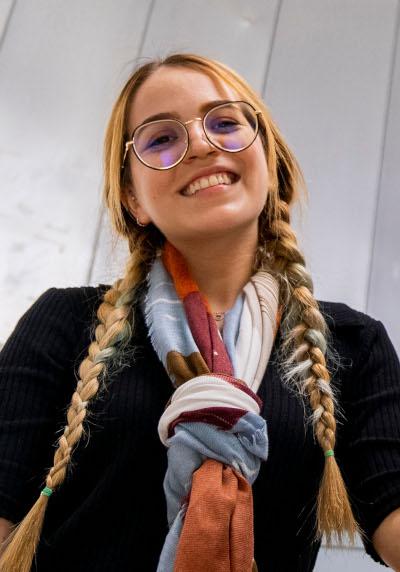
Melissa Solares Hidalgo (American School of Guatemala)
For more information about this talk click here
-
Finding Space for Observational Astronomy in the Science Curriculum
Wednesday Nov. 16, 2022
UTC: 12:35 p.m. - 12:45 p.m. America/New_York: 7:35 a.m.- 7:45 a.m.Wednesday Nov. 16, 2022
UTC: 10:05 p.m. - 10:15 p.m. America/New_York: 5:05 p.m.- 5:15 p.m.In an effort to bring the awe and wonder of gorgeous astrophotography to all of our students, Brisbane Girls Grammar School has integrated observatory work into our Science curriculum. This presentation will explain how we use a series of ‘Observatory Modules’ in Years 7-9 to teach our students about the universe, telescopes, light, colour, CCD imaging, and image processing as we help them to generate more than 300 astrophotography images every year. The talk will also include an introduction to our school’s remote and robotic telescope facility (the Dorothy Hill Observatory), an outline of struggles that we’ve encountered along the way, and a plan for future outreach and development of our observational astronomy program.

Gerri Bernard (Brisbane Girls Grammar School)
For more information about this talk click here
-
Astronomy Education and outreach in HUSTFZ
Wednesday Nov. 16, 2022
UTC: 12:45 p.m. - 12:55 p.m. America/New_York: 7:45 a.m.- 7:55 a.m.Wednesday Nov. 16, 2022
UTC: 10:15 p.m. - 10:25 p.m. America/New_York: 5:15 p.m.- 5:25 p.m.The middle school attached to Huazhong University of Science and Techonology (HUSTFZ) is the first characteristic middle school in astronomy education in Wu Han, China. I will talk about how we got this honor and how we got our ministry to listen. Then I'd like to share the syllabus of my astronomy curriculum and illustrate how we run this elective course. Finally, I would focus on interactive methods for astronomy education such as physics experiments, sky observations, using information technology or physical models.
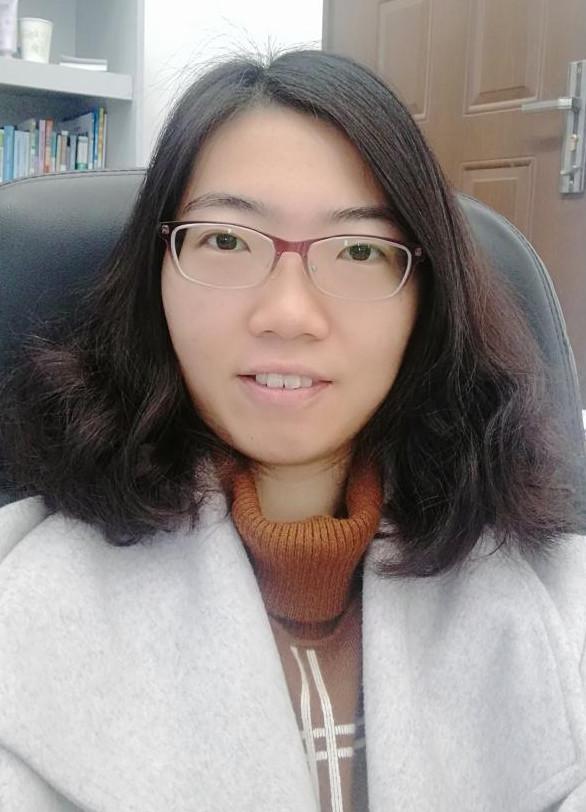
Wang Qin (Huazhong University of Science and Techonology)
For more information about this talk click here
-
Classroom Activity to Calculate Mars Closest Approach to Earth
Wednesday Nov. 16, 2022
UTC: 12:55 p.m. - 1 p.m. America/New_York: 7:55 a.m.- 8 a.m.Wednesday Nov. 16, 2022
UTC: 10:25 p.m. - 10:30 p.m. America/New_York: 5:25 p.m.- 5:30 p.m.I introduce a classroom activity on the subject of “Mars closest approach to Earth”, designed for high school students. Earth and Mars are placed in opposition for every two years and two months. When Mars is in opposition, the distance between Earth and Mars varies due to the characteristics of elliptical orbit of the two planets. On August 27, 2003, the distance between Earth and Mars was about 55.5 million kilometers, which made the date as one of the closest approach of Mars. With Mars’ orbital period set to 1.8808 times that of Earth, it is possible to predict the next occasion of the closest approach based on the mathematical concept of continued fractions. The activity is is designed to invoke both scientific and mathematical interest to students.

Lim Hosung
For more information about this talk click here
-
Project-based learning in the secondary classroom
Wednesday Nov. 16, 2022
UTC: 1 p.m. - 1:10 p.m. America/New_York: 8 a.m.- 8:10 a.m.Wednesday Nov. 16, 2022
UTC: 10:30 p.m. - 10:40 p.m. America/New_York: 5:30 p.m.- 5:40 p.m.Project-Based Learning (PBL) has been growing in popularity in the educational setting. By introducing well-planned projects, they can serve to motivate and drive students to learn new content, collaborate in teams and be creative. However, it can be difficult to find authentic projects that capture all students’ interest. This presentation introduces several projects that have been successfully implemented at the high school level that can be easily implemented into any classroom for students of all ages.
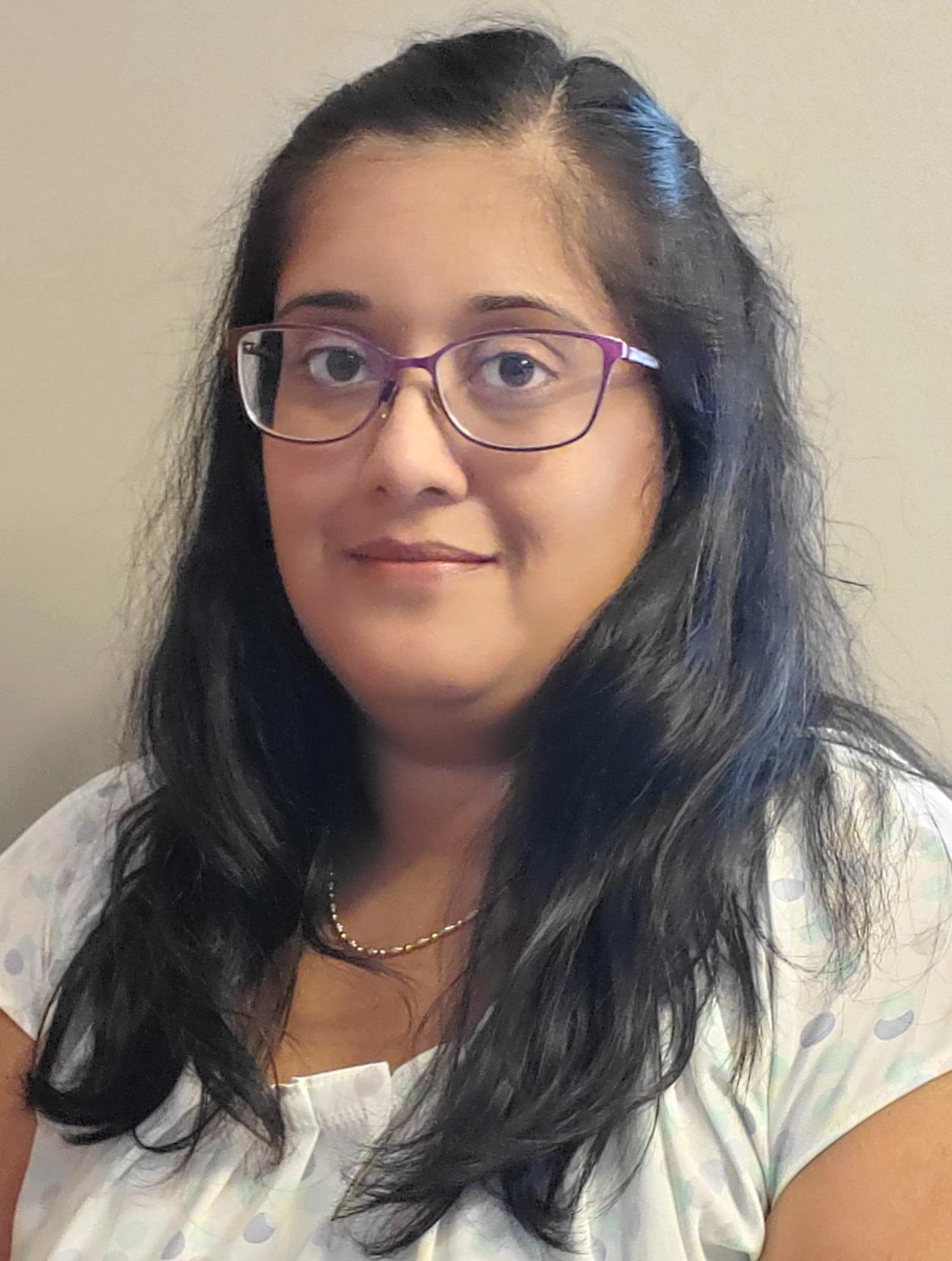
Shefali Mehta (Princeton High School, New Jersey)
For more information about this talk click here
-
Astronomical education using Python and NASE education programs.
Wednesday Nov. 16, 2022
UTC: 1:10 p.m. - 1:15 p.m. America/New_York: 8:10 a.m.- 8:15 a.m.Wednesday Nov. 16, 2022
UTC: 10:40 p.m. - 10:45 p.m. America/New_York: 5:40 p.m.- 5:45 p.m."Python is an advanced programming language, and various libraries have been developed to use it in many fields. In the field of astronomy, libraries such as Astropy have been developed and are actually used by astronomical researchers. Such libraries and FITS files observed by the Space Telescope are open sources that anyone can use freely. Therefore, students are able to experience the scientists' research process directly and indirectly with interest by using them. NASE has developed various astronomical education programs. Among them, there is a program named parallel Earth, which explains the causes of seasonal changes, the length and direction of shadows by latitude and longitude, and the principle of day and night very accurately using only globe, toothpicks, and clay."

Sim Won Jae (Won Ju Girls' High School)
For more information about this talk click here
-
Discussion Panel: Teaching astronomy as its own subject in secondary schools
Wednesday Nov. 16, 2022UTC: 1:15 p.m. - 1:15 p.m. America/New_York: 8:15 a.m.- 8:15 a.m.
Wednesday Nov. 16, 2022
UTC: 10:45 p.m. - 10:45 p.m. America/New_York: 5:45 p.m.- 5:45 p.m.Chair:

Jungjoo Sohn
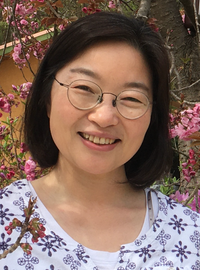
In-Ok Song
Panel: Gerri Bernard
(Brisbane Girls Grammar School), Rosa Doran
(NUCLIO), Lim Hosung , Shefali Mehta
(Princeton High School, New Jersey), Sim Won Jae
(Won Ju Girls' High School), Melissa Solares Hidalgo
(American School of Guatemala), Wang Qin
(Huazhong University of Science and Techonology)
Posters
-
A didactic planetarium to teach the seasons
Oscar Rodrigues dos Santos (Federal Technological University of Paraná), Michel Corci Batista (Federal Technological University of Paraná), Veridiane Cristina Martins (Secretary of State for Education), Taisy Fernandes Vieira (Secretary of State for Education)
In elementary school, astronomy represents the gateway to the study of Physics, especially in the final years. In this way, through a simple experimental activity with the students’ participation, the seasons of the year can be studied in different latitudes. It is easy to explain phenomena such as the midnight sun, the apparent motion of the Sun, and the influence of the tilt of the Earth's axis using the experimental apparatus. Also, why the equatorial region has a more temperate climate, whereas the temperatures near the poles tend to be more severe.
-
Astronomy In Secondary Schools: From Curriculum to Establishment
Prasad Rathod , Vriddhi Gupta , Jonack Abdullah Al Mahamud , Abrar Sayyed , Priyanka Lakariya
Cognitive evolution of brain maps our curriculum. Establishment of labs & utilisation of exisiting facilities is stressed. Survey of school taken with/without astronomy forms our database. A learning model is proposed which utilises pre-existing subjects to pull Astronomy. A demographic study was conducted to gather information about institutions having astronomical setups to be used as Nodal centres. To remove the fear of future uncerntainity, inclusion of space startups will be done to provide internships. Research focuses on creating ecosystem having Undergrad, Postgrads & PhDs students pursuing Astronomy inside Nodal centres for enhancing syllabus and help students have better visulisation by their projects. MoUs schemes are devised to fulfil gaps mutually with universities globally.
-
Based on Curriculum Standards, Carry out Astronomy Education
Xinrong Shen
In the 2017 edition of "General Senior Middle School Geography Curriculum Standards" in mainland China, "Astronomy Fundamentals" is, for the first time, listed as an independent elective module, which lays the foundation for the development of high school astronomy education from the national curriculum standards. As a provincial-level “excellent middle school astronomical society”, Tianyi Astronomical Society has systematically carried out the construction of school-based middle school astronomy curriculums based on national curriculum standards. It has developed rich curriculums of three types - popularization, academic, and research. It has carried out a series of extraordinary research independently or in cooperation with world-leading institutions, and achieved fruitful results.
-
Developing Self Constructed Visual Instructional Materials for The Lesson About Comets
Paul Anton Mahinay (Pasig Catholic College)
Education plays a vital role in the development of the society. Quality education can be achieved through creative and effective instructional materials. Therefore, this study aimed to increase the achievement of learning competencies in comets through self-constructed visual instructional materials. Descriptive method of research was employed wherein standardized diagnostic and achievement test was administered to the grade 8 students of Pasig Catholic College with a total population of 437 and the self-constructed visual instructional materials was used in the discussion of the lessons.
-
Three high school teachers bring the Subaru Telescope's big data to their classrooms
Kumiko Usuda-Sato (Subaru Telescope, National Astronomical Observatory of Japan), Tadashi Hara (Toyo University), Tamiki Togashi (Kasukabe High School), Yuichiro Hiratsuka (Yorii-Johoku High School), Tomita Akihiko (Wakayama University)
The Subaru Telescope is a large optical-infrared telescope near the summit of Maunakea, Hawai`i. The telescope conducted an extensive survey called the Hyper Suprime-Cam (HSC) Subaru Strategic Program using the ultrawide-field imaging camera HSC. The big survey data is partially open to the public, and anyone can freely explore the vast cosmic images on the hscMap website. The three high-school science teachers (Hara, Togashi, and Hiratsuka) in Japan developed educational materials using hscMap to bring one of the world’s highest-quality astronomical data to their classrooms, including at a University. According to a questionnaire after Hara’s lecture at a teacher-training course at Toyo University, many trainee students were interested in using hscMap when they became teachers.




